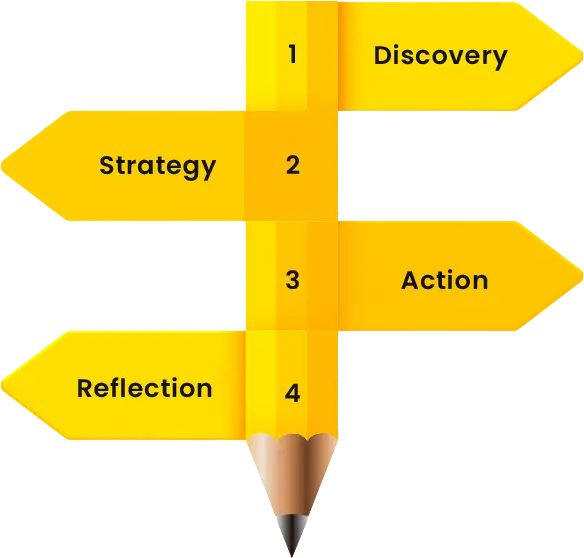In a world that’s constantly shifting, having a clear vision for your future can act as a grounding force and a source of motivation. Vision boards are powerful tools that combine the spiritual, scientific, and energetic realms to help manifest your deepest aspirations. In this comprehensive guide, we’ll explore Ronak Bhatt’s methodology from WhatsTheFear.com and walk you through six steps to create your vision board, supported by the latest in neuroscience.
Before diving into the how-tos, it’s essential to understand the underpinning concept of motivation. Motivation is the driving force behind our actions, influencing how we approach goals and challenges. Vision boards serve as visual representations of our hopes and dreams, stimulating the brain to focus on these objectives and, ultimately, bringing them to fruition.
Vision boards can catalyze behavioral changes, aligning your daily actions with your long-term goals. The benefits extend beyond mere wishful thinking; they are rooted in neuroscience, showing how visual stimuli can rewire the brain to focus on what truly matters to you.
Start by clearly defining what you want to achieve. Spend some time reflecting on your personal and professional goals. Ronak Bhatt, our personal growth guru, suggests using a journal to jot down your aspirations in various life areas, such as career, relationships, health, and personal growth.
Collect magazines, photographs, affirmations, and any other visual aids that resonate with your goals. You’ll also need a board (corkboard or poster board), scissors, glue, and markers.
Find a quiet and comfortable space where you won’t be disturbed. This step is crucial for connecting with your inner self and ensuring that your vision board authentically represents your deepest desires.
Begin by placing the most significant images and words in the center of your board. These should represent your core goals and aspirations. Surround them with secondary images and affirmations that support or relate to your primary objectives.
Once your vision board is complete, place it where you can see it every day. Spend a few moments each morning and evening visualizing your goals as already achieved.
A vision board alone won’t bring your goals to fruition. It’s essential to take concrete steps towards achieving them. Ronak Bhatt advises setting small, actionable tasks that move you closer to your vision each day. These actions will compound over time, leading to significant progress.

If you or anyone you know that is struggling with mental health, please let them know WhatsTheFear.com is here to help with expert coaches, empathetic support, and unlimited motivation.

The reticular activating system (RAS) in your brain plays a pivotal role in how vision boards work. By regularly focusing on visual stimuli that represent your goals, your RAS filters out distractions and highlights opportunities that align with your objectives. This neural mechanism turns your aspirations into actionable insights, guiding you towards success.
Furthermore, research in positive psychology supports the concept that visualizing success can enhance performance and motivation. When you see your goals visually represented, your brain registers them as achievable, boosting your confidence and perseverance.
“Positive thinking will let you do everything better than negative thinking will”– Zig Ziglar
Creating a vision board is more than an arts-and-crafts project; it’s a powerful tool that bridges the gap between your current reality and your dreams. By following Ronak Bhatt’s six-step methodology and understanding the neuroscience behind vision boards, you can harness the full potential of this practice to manifest your desires.
Ready to start your journey towards a more fulfilled and purposeful life? Visit WhatsTheFear.com for more tips and resources on achieving your dreams through visualization and other transformative techniques.
Have you created a vision board using these steps? Share your experience and progress with us in the comments below or tag us on social media. Together, let’s inspire a community of visionaries turning their dreams into reality.

Colloboration Inquiries:
What’s The Fear LLC is an active member of the community and wants to help promote and participate in impactful projects.
Client Support:
What’s The Fear LLC is dedicated to responding to your questions, concerns and feedback in a timely manner.
Copyright © 2024 WhatsTheFear LLC | Unlimited Personal Growth
Without having a vision we are blind and lost at sea in this game of life!